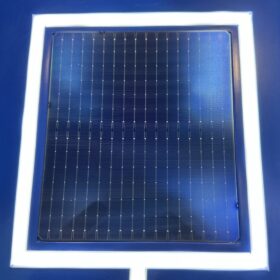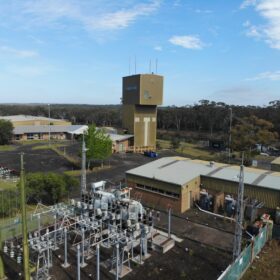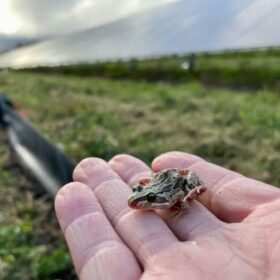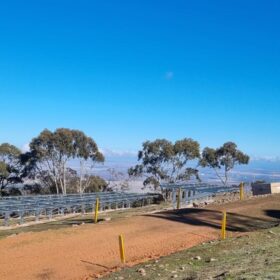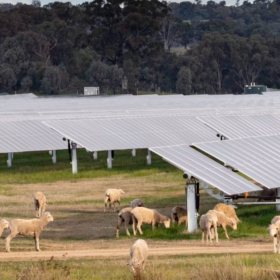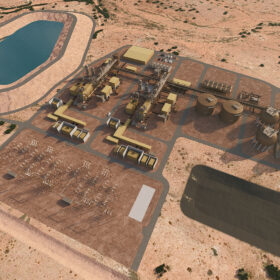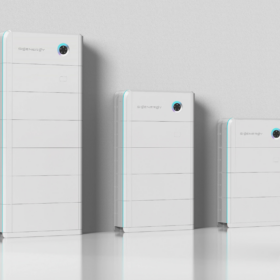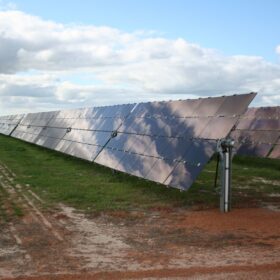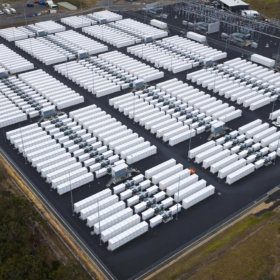NSW renewables manufacturing hub attracts $66 million investment
A $66 million joint NSW state government and private investment will give rise to a renewables manufacturing hub in western Sydney but the NSW Nationals say the move fails regional communities most impacted by the energy transition.
Australian climate target prioritises clean electricity across the economy
Australia’s 2035 climate change target prioritises clean electricity across the economy based on decarbonising and expanding the electricity network, supported by new transmission and storage, including household batteries.
Western Australia transmission plan to unlock 2.6 GW of renewable energy
The government of Western Australia has released its South West Interconnected System Transmission Plan, in which phase one will unlock 2.6 GW of new renewable energy generation capacity.
Solar cell study boosts efficiency beyond 20% using caesium bromide interlayer
A new collaborative study between six universities, including three in Australia have published breakthrough findings demonstrating how caesium bromide, can dramatically improve the efficiency of crystalline silicon solar cells.
Gravitational energy storage trials set for decommissioned coal mine
Australian energy storage company Green Gravity and mining business Wollongong Resources have signed an agreement to deploy gravitational energy storage trials at a decommissioned coal mine.
Map identifies clean energy project sites that preserve nature
A new report from the Australian Conservation Foundation and University of Melbourne maps Australia’s best sites for renewable energy developments, that mutually protect threatened plants and wildlife.
Engineering on the edge: S-Rack delivers solar at the Bluff
In the ultimate challenge for uneven ground mount solar, Sydney-based solar mounting experts S-Rack have been put to the test on unforgiving terrain in the mountainous South Australian Flinders Rangers, designing a 362 panel, 200 kW system.
DC-coupled hybrid project build is Lightsource bp’s first
After winning a Capacity Investment Scheme Tender 3 bid, Lightsource bp said construction has begun on its first DC-coupled solar and storage hybrid project in New South Wales.
Battle for the bush? Ignore the noise – most farmers like renewables
Reaching net zero in Australia relies on the bush. That’s where the land, sun, wind and freshwater resources are. But as the clean energy build accelerates, some landholders are pushing back. Unfortunately, their legitimate worries have been magnified by media coverage and vested interests.
Hydrostor secures $82 million for Broken Hill long-duration storage project
Canadian long-duration energy storage developer Hydrostor has secured $82.6 million in funding to support its 200 MW Silver City Energy Storage Centre project being built in Broken Hill, New South Wales.




